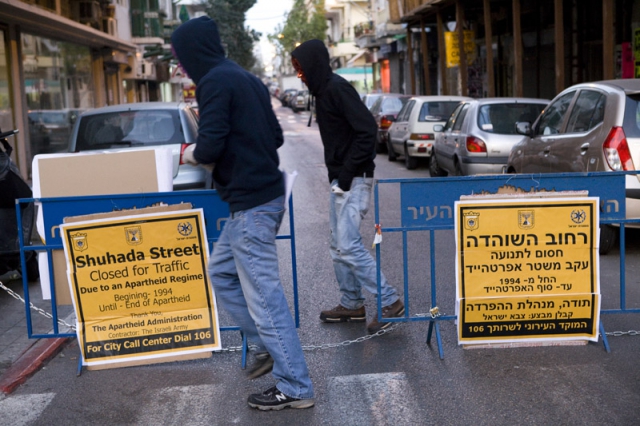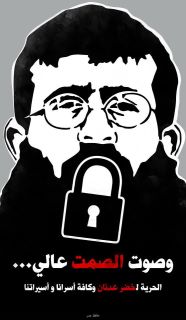Category: Press Releases
-
Israeli military court extends administrative detention for civil rights lawyer Dr. Yousef Abdul Haq
9 February 2012 | Tanweer Enlightenment Forum The Israel military court has extended administrative detention for two months in addition to three months already detained for civil rights lawyer Dr. Yousef Abdul Haq, a lecturer at An-Najah National University and the Cultural Coordinator for the Tanweer Palestinian Cultural Enlightenment Forum, currently detained in Ofer Prison…
-
3rd annual Global Day of Action to Open Shuhada (Apartheid) Street
15 January 2012 | Youth Against Settlements This year, Palestinian activists in Hebron are planning a week of activities to commemorate the Baruch Goldstein Massacre and demand the opening of Shuhada Street. The planned activities in Hebron are as follows: Monday : 20/02/2012 Photo Exhibition about the Ibrahim Mosque Massacre and Non-violent…
-
Take action for hunger striking Palestinian Prisoner Khader Adnan!
6 February 2012 | Samidoun – Palestinian Prisoner Solidarity Network Khader Adnan, an imprisoned Palestinian activist held under administrative detention, has engaged in an open-ended hunger strike since December 17, 2012. Now at fifty days into his hunger strike, he is facing severe health consequences and has been moved to a hospital, continuing to refuse…



